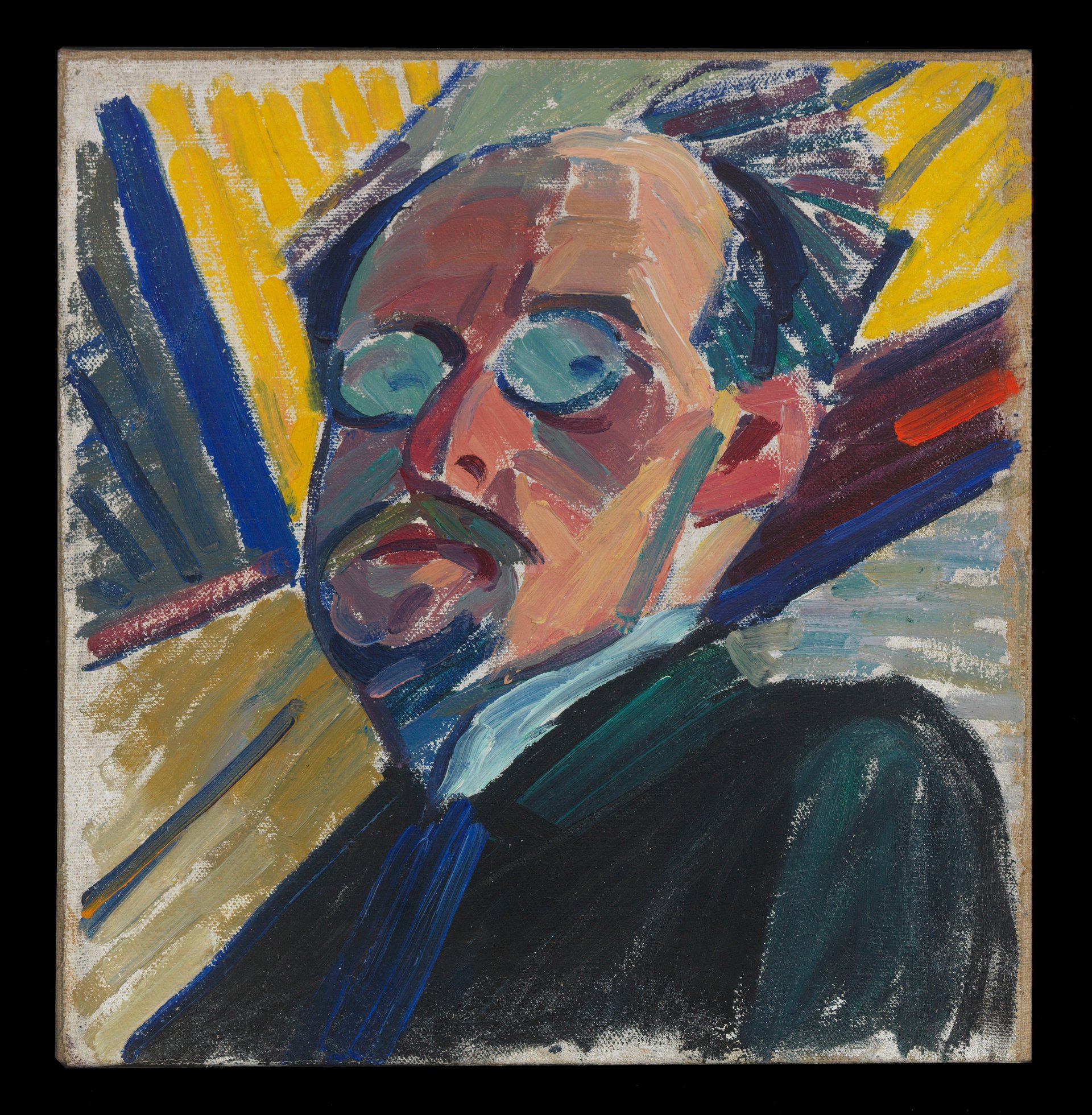Art dealers are souring on Russian sales
Since 1985, London gallery owner James Butterwick has been collecting and selling Russian and Ukrainian art, though in recent years he’s started to focus more on the latter than the former. When Russia invaded Ukraine on Feb. 24, he changed his gallery site to specify a focus on Ukrainian and European, rather than Ukrainian and Russian, artworks.


Since 1985, London gallery owner James Butterwick has been collecting and selling Russian and Ukrainian art, though in recent years he’s started to focus more on the latter than the former. When Russia invaded Ukraine on Feb. 24, he changed his gallery site to specify a focus on Ukrainian and European, rather than Ukrainian and Russian, artworks.
“I think it’s absolutely monstrous,” Butterwick said of the situation in Ukraine. “And I thought it was the right time to actually change our brand.”
As the war in Ukraine shows no signs of letting up, the art world is reassessing its relationship to Russian artists and collectors. Major auction houses have canceled Russian art sales in recent days, while others are donating proceeds from their sales to Ukrainian charities.
Christies, Sotheby’s cancel Russian sales
Auction houses Christie’s, Sotheby’s, and Bonhams announced this week they would cancel sales of Russian art that had been planned for June.
Christie’s, citing “geopolitical events that are out of our control,” said it was carrying out “enhanced due diligence” on Russian buyers that may be subject to sanctions. Sotheby’s also said it was monitoring closely for any updates to the sanctions lists.
A number of Russian oligarchs currently sanctioned by Western countries put their money into vast art collections: Embattled Chelsea Football Club owner Roman Abramovich, for example, reportedly bought Lucian Freud’s Benefits Supervisor Resting for more than $33 million in 2008, while Boris Rotenberg bought and sold René Magritte’s La Poitrine for more than $7 million in recent years, according to the Panama Papers leak.
These auction houses haven’t stopped selling Russian art altogether, and sales of Russian artworks accounted for just 1% of turnover at Christie’s and Sotheby’s London showrooms last year, Art Market Research CEO Sebastian Duthy told Reuters.
Will more buyers become interested in Ukrainian art?
Butterwick, who mostly deals in Ukrainian art, expects there to be an “enormous amount of interest” in Ukrainian artists due to the war. The gallery owner said some of the Ukrainian artworks he collects and sells had already attracted a considerable amount of interest even before the war; the Kröller-Müller Museum in the Netherlands, for example, bought seven works by the Ukrainian painter Oleksander Bohomazov from Butterwick.

The cancellation of Russian art
It is probably not necessary to cancel all Russian artists or ban the sale of their works, Butterwick himself admits. Russia’s Bolshoi Ballet and the Mariinsky Orchestra have had international shows canceled the Russian Pavilion has been nixed from the Venice Biennale, and New York’s Metropolitan Opera kicked out a Russian singer for not, in its view, sufficiently opposing the war. Meanwhile, thousands of Russian artists have spoken out publicly against the Ukraine invasion.
“The idea that you can’t listen to Tchaikovsky because he’s Russian and you can’t read Dostoyevsky because he’s Russian…I don’t really get it,” Butterwick said. Putin, he says, “does not represent the good things about Russia.”